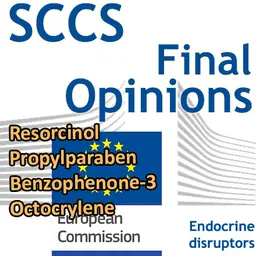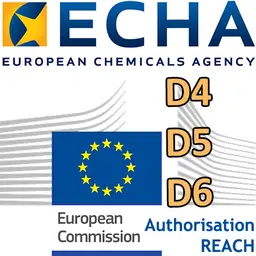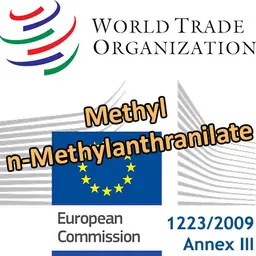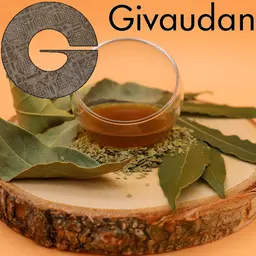
Linalol is an aromatic substance, naturally present in the essential oils of lavender and lavandin, woodland pine or peppermint or in many vegetable extracts. In the European Union, it is classified among allergenic molecules, which it is mandatory to put in the list of ingredients. Nevertheless, it was considered as a mild sensitizer. A Swedish study tends to show that its incidence is much more important than previously thought, especially when it is oxidized due to its contact with air.
March 31, 2009
The survey was presented recently at Sahlgrenska (University of Gothenburg) in Sweden. It was carried out on 3,000 patients suffering from allergic eczema, who were subjected to tests to determine the cause of their disorders. Between 5% and 7% of them appeared sensitized to linalol, especially when it has been oxidized by air.
An allergen often found in our cosmetics
According to the dermatologist Johanna Brared Christensson, the author of this survey, 2% of the entire population could be allergic to this substance, when the guess was until then that the figure was ca 1%. This may seem a somewhat low figure, but linalol is present in 60% to 80% of the cosmetic products , which dramatically increases the occurrence of a contact with this substance. In fact, linalol is an ingredient of many fragrances (and, then, of scented shampoos, creams, lotions, soaps, etc.); it is also a natural ingredient of the essential oils of thyme, common lavender and lavandin, woodland pine, noble bay-tree, bitter orange, marjoram, peppermint, but also of the extracts of lemon, orange, wild thyme, ylang-ylang, verbena, myrtle, neroli, coriander, geranium, sweet lime, bee balm, nutmeg, lemongrass, basil, bergamot, rosewood …
Safety advice
All …













